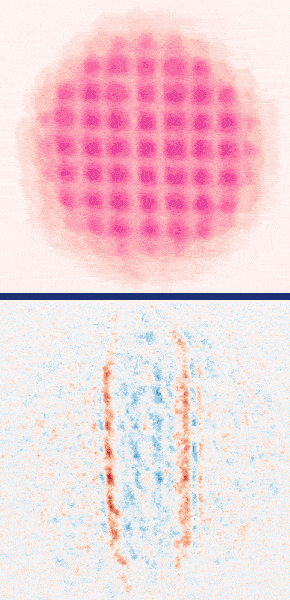Newsroom

STRUCTURES researchers have uncovered supersolid-like sound modes in a far-from equilibrium quantum gas.
In a new study, experimental physicists from Heidelberg's Kirchhoff Institute for Physics have observed that spontaneously emerging patterns in driven superfluids exhibit properties characteristic of a rare state of matter known as a supersolid. Supersolids are unique because they simultaneously behave like a fluid that can flow without resistance (a superfluid) and a solid with a crystalline structure, meaning particles are both delocalised and arranged in a regular pattern. This duality results from breaking two fundamental symmetries: the U(1) symmetry associated with superfluidity and translational symmetry associated with the periodic structure. A key feature of supersolids is the presence of two distinct types of sound waves, or “sound modes”, connected to the two independently broken symmetries.
Driven systems, which are systems continuously supplied with energy, are of significant scientific interest because they can display unique properties distinct from those at equilibrium, sometimes leading to long-lived states with novel material characteristics. Although these systems are far from equilibrium, in certain cases they can produce ordered stationary states that share physical properties usually attributed to equilibrium systems. This enables the application of mathematical descriptions developed for equilibrium scenarios.
In superfluids, it is known that driving the interaction strength results in stable periodic density structures. However, no previous study has been performed on how sound waves propagate through these patterns. This work demonstrates that the theoretical framework of supersolids (developed for equilibrium systems) can be applied far from equilibrium (in the metastable patterned state), and therefore unites the study of pattern formation with that of supersolids.
The team studied a Bose-Einstein condensate of potassium-39 atoms, periodically driven by modulating the atomic interaction strength. This created stable, periodic density patterns. By probing the state’s response to disturbances, similar to how sound waves are used to study materials, they were able to excite and measure distinct sound modes in this driven quantum gas, whose analysis confirmed that this patterned state behaved like a one-dimensional supersolid, aligning with the hydrodynamic description of “superfluid smectics,” a state of matter that is the superfluid analogue of what is known as a smectic-A liquid crystal phase.
This research, published in Nature Physics, reveals fundamental insights into driven quantum matter, demonstrating that the concept of supersolidity is useful for understanding dynamic and far-from-equilibrium states of matter. Moreover, it establishes the studied Bose-Einstein condensate as a promising platform for exploring other complex phenomena in patterned superfluids, such as topological defects or phase transitions out of equilibrium.
The research was conducted by Nikolas Liebster, Marius Sparn, Elinor Kath, Jelte Duchene, Helmut Strobel, and Markus K. Oberthaler.
Further information:
